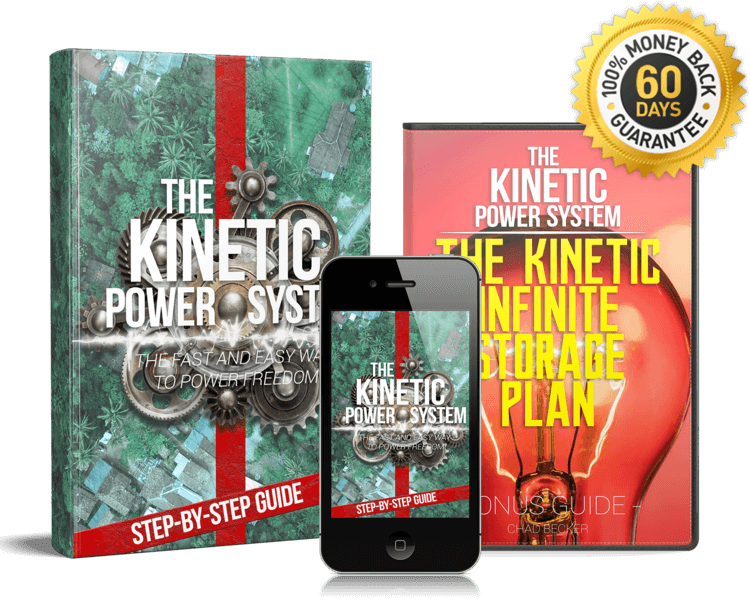Unleashing the Power of Motion with Kinetic Power Systems
When it comes to renewable energy sources, the Kinetic Power System stands out as a revolutionary technology that harnesses the power of motion to generate electricity. In this article, we’ll delve into what makes the Kinetic Power System a game-changer in the renewable energy industry.
The Benefits of Kinetic Power Systems
One of the key advantages of the Kinetic Power System is its ability to convert kinetic energy into electrical power. This means that as long as there is motion, there is potential for generating electricity. Unlike traditional fossil fuels, the Kinetic Power System is clean, sustainable, and environmentally friendly.
Furthermore, Kinetic Power Systems are highly versatile and can be deployed in various settings, from urban environments to rural areas. They are scalable, cost-effective, and require minimal maintenance, making them an attractive option for both residential and commercial applications.
How Does the Kinetic Power System Work?
The Kinetic Power System consists of a series of components, including a turbine or generator, that capture the kinetic energy produced by moving objects. This energy is then converted into electricity through a process known as electromagnetic induction. The generated power can be stored in batteries for later use or fed directly into the grid.
Whether it’s capturing the wind’s energy with a wind turbine or harnessing the motion of vehicles on a busy street, the Kinetic Power System has the ability to turn everyday movement into a sustainable energy source.
Frequently Asked Questions About Kinetic Power Systems
1. How efficient is The Kinetic Power System in generating electricity?
The efficiency of a Kinetic Power System depends on various factors, including the speed and frequency of the motion being captured. Generally, Kinetic Power Systems can achieve efficiencies comparable to other renewable energy sources.
2. Can The Kinetic Power System be integrated into existing infrastructure?
Yes, the Kinetic Power System is designed to be easily integrated into existing infrastructure without significant modifications. This makes it a convenient option for retrofitting buildings or incorporating into smart city initiatives.
3. What are the maintenance requirements for a Kinetic Power System?
Kinetic Power Systems are known for their low maintenance needs. Routine inspections and occasional cleaning are usually sufficient to keep the system operating optimally.
4. How does the Kinetic Power System contribute to sustainability?
By generating electricity from clean, renewable sources, the Kinetic Power System helps reduce reliance on fossil fuels and lowers carbon emissions, contributing to a more sustainable energy future.
5. Is the Kinetic Power System cost-effective compared to other renewable energy technologies?
Due to its simplicity and scalability, the Kinetic Power System offers a cost-effective solution for generating electricity, especially in settings where traditional renewables like solar or wind may not be feasible.
The Future of Energy is Kinetic
As we strive towards a more sustainable and energy-efficient future, technologies like the Kinetic Power System play a crucial role in diversifying our energy sources and reducing our carbon footprint. By harnessing the power of motion, we can power our homes, businesses, and cities in a way that is clean, reliable, and environmentally friendly.
Ready to experience the potential of the Kinetic Power System? Visit the official website to learn more and place your order today!

